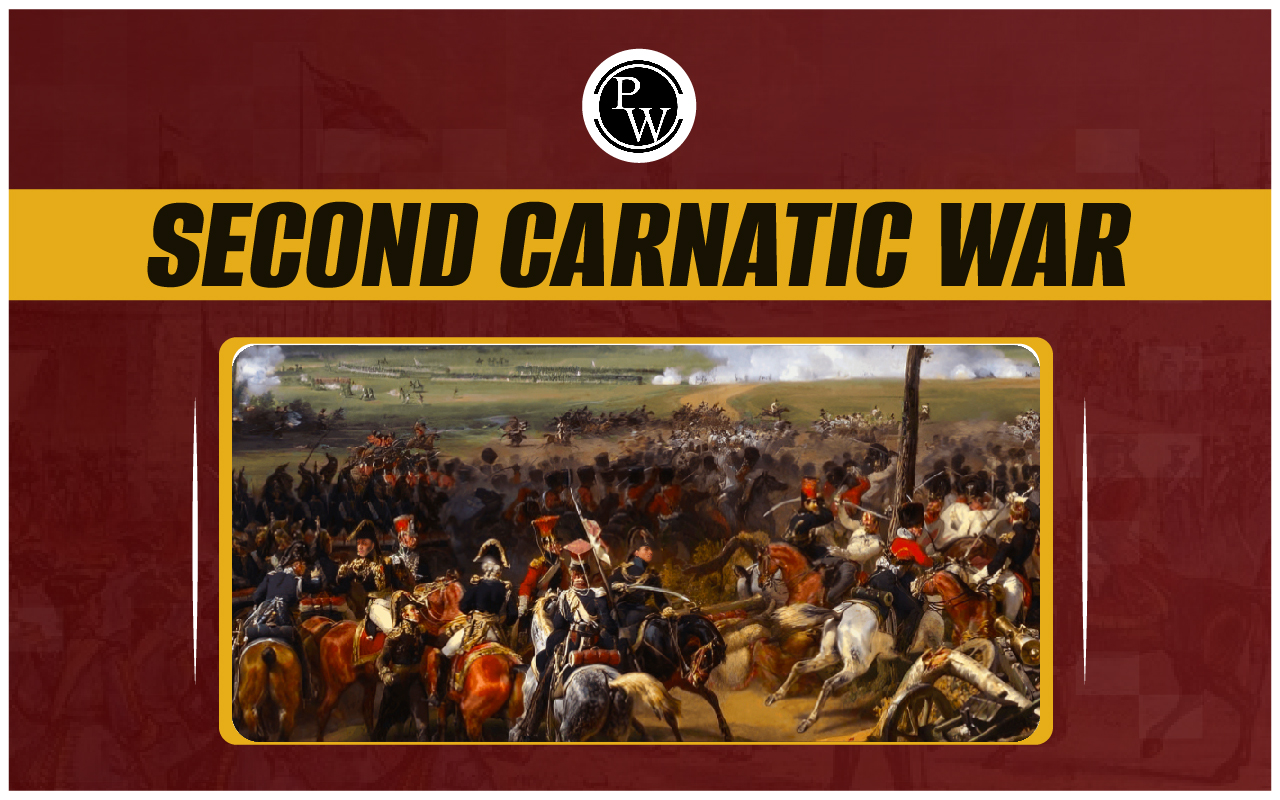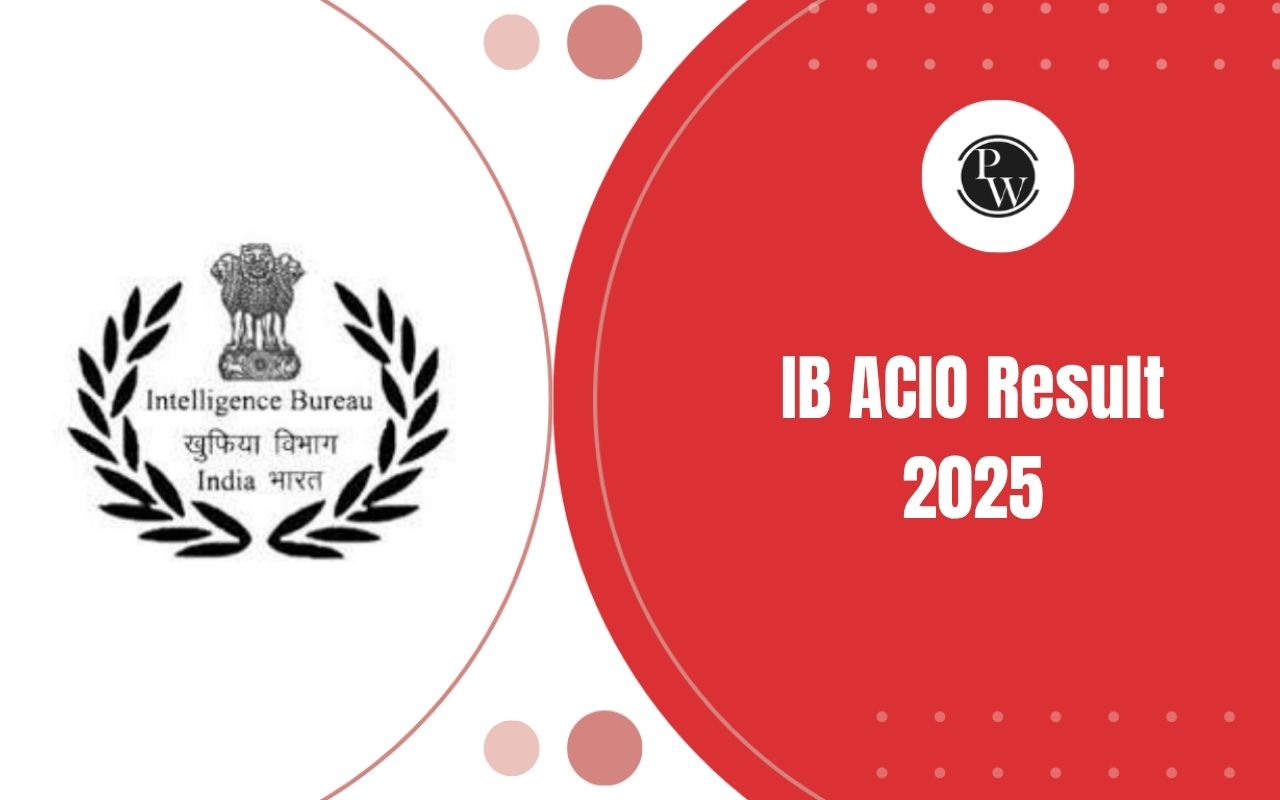

Second Carnatic War
The Second Carnatic War (1749-1754) was a significant conflict in the Indian subcontinent, fought between various regional powers and European colonial forces. This war was part of the larger struggle between the British and the French for dominance in India, and it had far-reaching consequences for the future of the region.Second Carnatic War Background
The Carnatic Region: The Carnatic region, located in South India, was a strategically important area that included parts of present-day Tamil Nadu, Andhra Pradesh, and Karnataka. It was a focal point for European colonial powers, especially the British and the French, who were vying for control over trade routes and regional influence.
First Carnatic War: The First Carnatic War (1746-1748) set the stage for the Second Carnatic War. It was primarily a spillover of the War of Austrian Succession in Europe. The conflict in India ended without any significant territorial changes, but it highlighted the growing rivalry between the British East India Company and the French East India Company.
Causes of Second Carnatic War
Succession Disputes: One of the main causes of the Second Carnatic War was the succession dispute in the Carnatic region and the Deccan. The death of Nizam-ul-Mulk, the ruler of Hyderabad, and the Nawab of Arcot led to a power vacuum. Both the British and the French saw this as an opportunity to install their preferred candidates in these positions, thus ensuring their influence.
French and British Rivalry: The underlying cause of the war was the broader Anglo-French rivalry. Both European powers sought to expand their colonial empires and control lucrative trade routes. The French, under the leadership of Joseph François Dupleix, had established a strong presence in South India and were keen to expand their influence further.
Second Carnatic War Key Figures
Joseph François Dupleix: Dupleix was the French Governor-General in India. He played a pivotal role in the Second Carnatic War by supporting Chanda Sahib's claim to the throne of Arcot and Muzaffar Jang's claim to the throne of Hyderabad.
Robert Clive: Robert Clive was a British military officer who emerged as a key figure during the war. His leadership and strategic acumen significantly contributed to British successes in the conflict.
Chanda Sahib and Anwaruddin Muhammad Khan: Chanda Sahib, supported by the French, claimed the throne of Arcot, while Anwaruddin Muhammad Khan, backed by the British, opposed him. This local rivalry was a major flashpoint in the war.
Second Carnatic War Major Events and Battles
Battle of Ambur (1749): The Battle of Ambur marked the beginning of the Second Carnatic War. Chanda Sahib, with French support, defeated and killed Anwaruddin Muhammad Khan. This victory allowed Chanda Sahib to claim the throne of Arcot, but it also intensified the conflict between the French and the British.
Siege of Arcot (1751): One of the most notable events of the Second Carnatic War was the Siege of Arcot. Robert Clive led a small British force to capture the fortress of Arcot, a strategic location. Despite being heavily outnumbered, Clive and his men withstood a prolonged siege by Chanda Sahib's forces. This heroic defense boosted British morale and turned the tide of the war in their favor.
Battle of Chingleput (1752): The Battle of Chingleput saw the British forces, under the command of Stringer Lawrence and Robert Clive, defeat the French and their allies. This victory further weakened French influence in the region.
Treaty of Pondicherry (1754): The Second Carnatic War ended with the Treaty of Pondicherry in 1754. This treaty essentially restored the status quo, with neither side gaining significant new territory. However, it marked a temporary pause in the Anglo-French rivalry in India.
Second Carnatic War Impact and Consequences
British Dominance: Although the Treaty of Pondicherry did not result in major territorial changes, the Second Carnatic War significantly weakened French influence in South India. The British East India Company emerged as the dominant European power in the region, setting the stage for future expansion.
Rise of Robert Clive: The war established Robert Clive as a prominent figure in British India. His successes during the conflict earned him recognition and paved the way for his later achievements, including the pivotal Battle of Plassey in 1757.
Decline of the French East India Company: The Second Carnatic War marked the beginning of the decline of the French East India Company in India. The company's inability to secure lasting victories and territorial gains diminished its influence and resources.
Local Alliances and Rivalries: The war also highlighted the importance of local alliances and rivalries in determining the outcome of conflicts. The British and French both relied heavily on local rulers and their support, demonstrating the complex interplay between European colonial powers and indigenous Indian politics.
Second Carnatic War Legacy
Prelude to the Third Carnatic War: The Second Carnatic War was not the end of the Anglo-French rivalry in India. It was followed by the Third Carnatic War (1757-1763), which ultimately decided the fate of French ambitions in India. The British victory in the Third Carnatic War solidified their control over much of India.
Impact on Indian Politics: The war had a lasting impact on Indian politics and regional power dynamics. It demonstrated the growing influence of European powers and the shifting allegiances of Indian rulers, who were increasingly drawn into the orbit of British and French interests.
To succeed in upcoming exams, candidates should consider exploring PW SSC Books We provide high-quality content at an affordable price, including sample papers, mock tests, guidance sessions, and more to ensure aspirants secure their selection. Also, enroll today on SSC Online Coaching to turn your dreams into reality.Second Carnatic War FAQs
Q1: What was the Second Carnatic War?
Q2: Who were the key figures in the Second Carnatic War?
Q3: What were the major battles of the Second Carnatic War?
Q4: What was the outcome of the Second Carnatic War?












